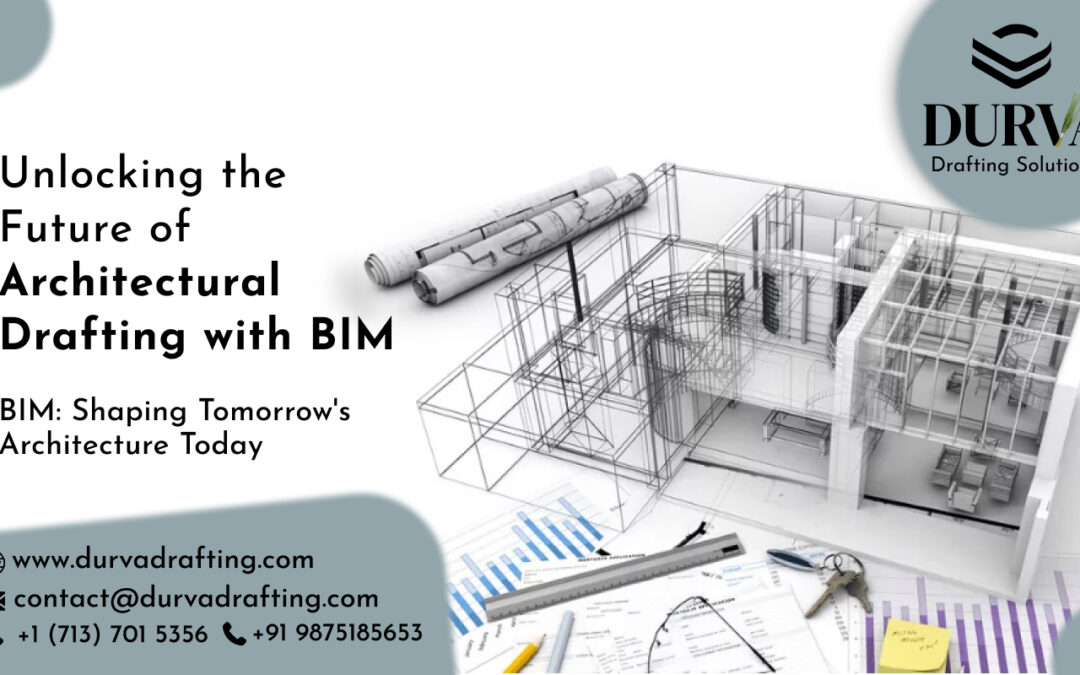Unlocking the Future of Architectural Drafting with BIM
In the ever-evolving world of architecture, technology has become a cornerstone of innovation. One such technological advancement that has revolutionized the field is Building Information Modeling, commonly referred to as BIM. This powerful tool has rapidly gained popularity among architects, engineers, and construction professionals for its ability to streamline processes, enhance collaboration, and ultimately shape the future of architectural drafting.
What is BIM used for in architecture?
To understand the significance of BIM in architectural drafting, it’s essential to grasp its primary purpose in the field of architecture. BIM is a digital representation of a building’s physical and functional characteristics. It acts as a comprehensive, 3D model that includes not just the building’s geometry but also data about its materials, components, and systems. This information-rich model serves as a centralized repository for all project-related data, from design through construction and even into facility management.
How is BIM used in drafting?
BIM in Action: Imagine an architectural project where BIM is the central tool. During the design phase, architects can create highly detailed 3D models of their designs. For instance, take the case of the Burj Khalifa in Dubai. The complex geometry and precise engineering of this iconic skyscraper were made possible through BIM, enabling architects and engineers to collaborate seamlessly.
Statistical Insight: According to a survey by the National Institute of Building Sciences, BIM adoption has led to a 20% reduction in construction time and a 30% reduction in construction costs on average. These statistics underscore the efficiency gains that BIM brings to the drafting and construction processes.
What is the top benefit of BIM for architects?
Enhancing Design Quality: The foremost benefit of BIM for architects is its ability to enhance design quality. With BIM, architects can create detailed, virtual prototypes of their designs. Take the example of Zaha Hadid Architects, known for their groundbreaking designs. They leverage BIM extensively to bring their innovative and futuristic concepts to life.
Data-Driven Decision Making: BIM facilitates data-driven decision-making. Architects can access valuable information about materials, costs, energy performance, and more. For instance, the Bullitt Center in Seattle, a model of sustainability, relied on BIM to achieve net-zero energy consumption.
How does BIM affect architecture?
BIM and Sustainable Architecture: The adoption of BIM has propelled architects toward sustainable architecture. It enables the analysis of environmental factors, such as energy consumption and daylighting, from the early design stages. This shift is exemplified by the CopenHill waste-to-energy plant in Copenhagen, designed by BIG Architects, which integrates BIM for both sustainability and functionality.
Collaboration and Integration: BIM fosters better communication and collaboration within project teams, breaking down silos and leading to more integrated and efficient project delivery. Consider the Shard in London, where BIM played a pivotal role in coordinating the work of architects, engineers, and contractors. As you can see, BIM is not just a technological tool but a catalyst for architectural innovation.
At Durva Drafting Solutions, we specialize in leveraging BIM to bring architectural visions to life efficiently and sustainably. Our expertise in BIM-enabled drafting can complement your architectural practice, enabling you to focus on what you do best—designing remarkable structures. By partnering with us, you can harness the power of BIM without the hassle of managing the technical aspects. We’ve successfully collaborated with renowned architectural firms, delivering exceptional results.
In conclusion, BIM is not merely a trend but a transformative force in architecture. By considering Durva Drafting Solutions as your drafting partner, you can harness this force to create architectural masterpieces efficiently and sustainably.

